Panamanian Hartman Manor Elephant Bean Pacamara Wine Flavor Coffee hand-brewing parameters sharing
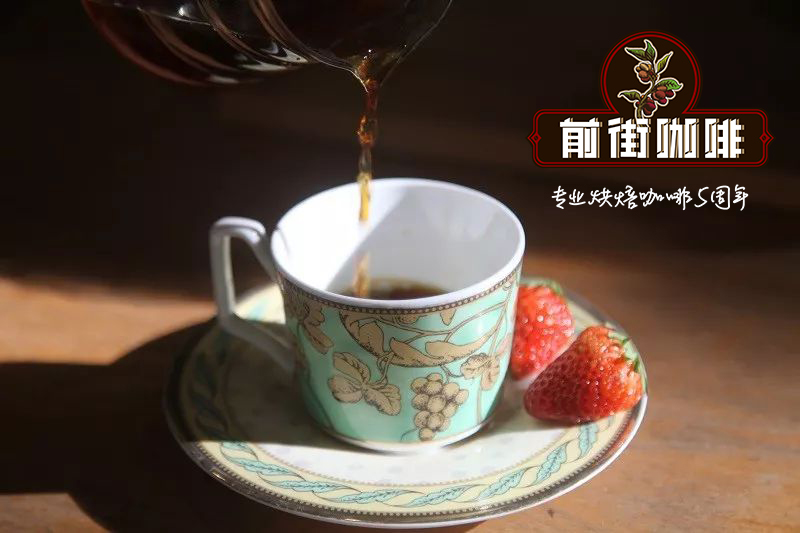
Professional coffee knowledge exchange More coffee bean information Please pay attention to coffee workshop (Weixin Official Accounts cafe_style)
Panama Finca Hartmann Pacamara Winey
Panama Hartman Estate Pacamara Brewing/Solarization
-------------------------------------------------- ----
Country: Panama
Region: Chiriqui
Altitude: 1,260 - 1,500 m
Farmer: Ratibor Hartmann
Breed: Pacamara
Treatment: Wine aroma/sun treatment, African trellis sun drying
Certified bird-friendly, tree-lined cultivation
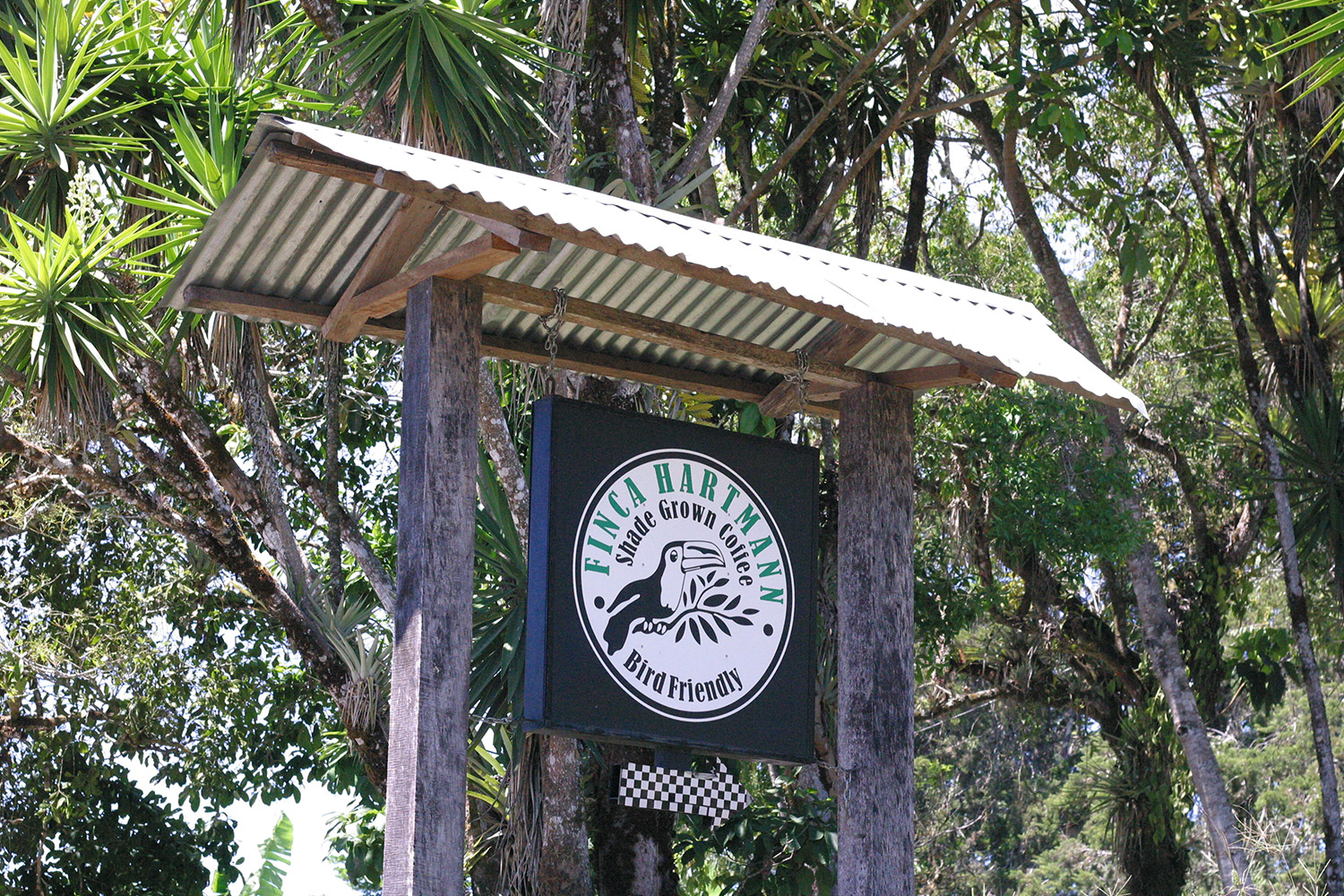
Hartman Manor Information Story Introduction:
Hartmann is Panama's most famous coffee family, and Finca Hartmann was one of the first coffee farms in the Volcan region, placing great emphasis on quality and experimenting with new farming practices.
Hartmann Latibor Hartmann Troetsch Sr. inherited his father's coffee business in Santa Barbara, Volcan District, and founded Hartmann Manor in 1940, which can be said to be the pioneer of the famous Volcan coffee growing area. La Mula, this year's winner of Best Panama Sun, Aurora Estates, from which Iron Man won last year's summer, and Ninety Plus, all from Volcan, not Beauquet. The two regions, one east of Mount Baru and one west of Mount Baru, face the Atlantic Ocean and the Pacific Ocean, and the coffee flavors are quite different.
What makes old Hartman special is his respect for the natural environment. His father bought 500 hectares of land, most of it forest. After Hartman inherited his farmland, his friends persuaded him to cut down the forest and grow coffee on a large scale to make money. Hartman did not listen to his friends 'advice, but kept most of the original forest. Beginning with Hartman Sr., the Smithsonian Tropical Research Institute and other wildlife conservation organizations have been academic collaborators. Scholars have come to the park to do research, discover many protected species and birds, and not only write academic papers, but also record bird songs. Hartman's third generation grew up on the estate, continuing not only the old Hartman's coffee garden, but also the family's active attitude towards forest conservation, even the estate's trademark with the words "Bird Friendly".
Hartman Estate is located in the Baru volcanic area. The soil is rich in nutrients. The tall virgin trees make the best shade cultivation environment. Shade cultivation coffee grows slowly, can brew higher sweetness and brighter acid. The Chiriqui Volcan alpine microclimate is also an excellent basis for Hartmann coffee. The lowest elevation on the estate is above 1200 meters, the temperature is moderate, and the annual rainfall is 175 inches. The variety of beans grown is very diverse: Typica, Caturra, Catuaí, Bourbón, Paché, Pacamara, Maragogipe, etc., and more recently Geisha. As for the treatment method, including washing, sun exposure and honey treatment, the peel and pulp removed during the treatment process will continue to be used as fertilizer in the coffee garden.
Hartmann's five sons and daughters, led by Ratibor Hartmann Jr., are currently in charge of the estate: Alan, Alexander, Alice and Kelly. Alice is the only girl, and probably the best in English. Hartman Estate not only produces excellent coffee itself, but also assists nearby estates in processing cherries.
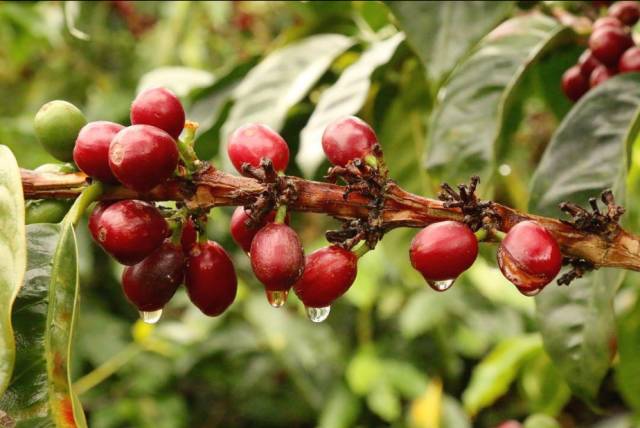
Pakamara Coffee Bean Variety Description:
Pacamara is a hybrid bred artificially in El Salvador in 1958. Its parents are Pacas and Maragogype. It has the advantages of both, but green is better than blue! Pure soft, mellow smooth, acid lively, full flavor, lingering finish, amazing. Both Pacas excellent taste, raw beans also inherit the Maragogipe big size, beans at least 70%-80%, more than 17 mesh up to 100%, more than 18 mesh up to 90%, beans average length 1.03 cm (general beans about 0.8-0.85 cm) beans average width 0.71 cm (general beans about 0.6-0.65), thickness up to 0.37 cm, beans plump round. Pacamara is a combination of the first four letters of its parent: Paca+mara=Pacamara.
At the 2005 El Salvador COE, Pacamara stunned everyone. In the top ten, Pakamara bean seeds occupied the second, fifth, sixth, and seventh places!
In 2007, the Pacamara won both Guatemala and El Salvador COE titles. Since then, Pakamara has been out of control on the road to winning awards, occupying the forefront of the list of major competitions for a long time, and is internationally praised as a rookie variety with the same reputation as Rose Summer.
In Guatemala's COE alone, Pacamara won the championship for seven of the 10 years from 2008 to 2017.
Due to the extraordinary performance of Pacamara in the field, in 2017, BOP (Best of Panama) International Competition decided to compete as a group of Pacamara varieties alone.
However, even such wind-born beans still have shortcomings: Pakamara has high requirements for water, soil, climate, environment and altitude, and its yield is not high, and its resistance to leaf rust is low, so its planting popularization rate is not high.
Today, pacamara is not particularly rare, but it is still not a very common bean in the market. In particular, Pacamara is best produced in Guatemala and El Salvador, and has many international pursuers, so it is even more rare to reach the country.
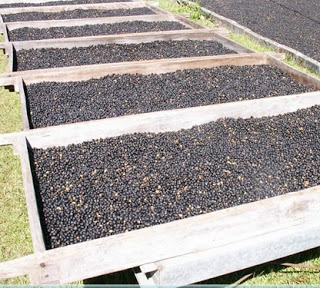
Introduction to aroma/sun treatment:
The aroma solarization method does not refer to the addition of red wine in the raw bean processing process, but its fermentation method and degree are similar to the fermentation of red wine. The processing steps are similar to the solarization method, but the fermentation time is longer. The steps are as follows:
1, coffee farmers harvest mature red fruit, directly placed in the sun field, sun exposure drying;
2. The degree of fermentation will be continuously detected during the exposure process;
3. After a few days, it will be dried;
4. Remove the pulp and pericarp of the dried raw beans with a shelling machine and take the raw beans.
Advantages: the aroma of the sun coffee beans than ordinary sun coffee beans mature red fruit rate is higher, fermentation time is longer, so increase the sweetness of coffee, layered feeling is more rich, taste similar to red wine fermentation flavor.
Disadvantages: This method of processing costs labor and time, so it cannot be mass produced, so it is generally used to process some more expensive coffee beans.
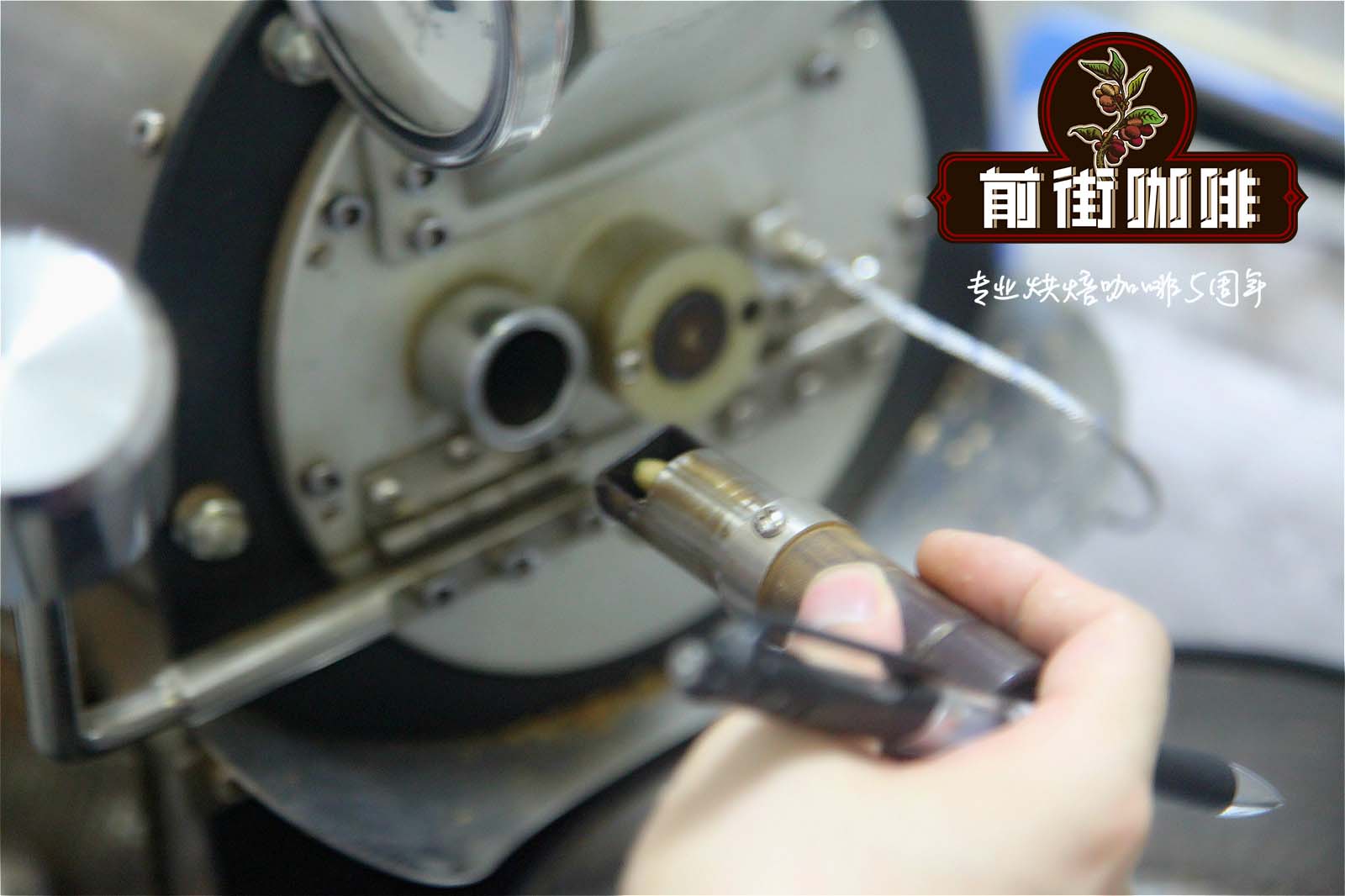
Baking advice/analysis:
This coffee variety is the giant bean [Pakamara] particles are relatively large, and the density is relatively large, the new season beans themselves have a higher moisture content. In the baking process, the heat absorption is relatively slow, and the process of Mena reaction is also relatively fast. The yellowing point is about 5 minutes. In the first baking, you can try to lower the temperature of the beans slightly higher, for example, the temperature of the beans is 200 degrees, and the fire power is relatively increased. In the baking process, gradually reduce the fire power according to needs: after the beans enter the yellowing point, adjust the fire power to prolong the dehydration time, so that the giant beans can be fully dehydrated; After dehydration to before the first explosion, you can appropriately maintain the medium fire or slightly increase the fire power, accelerate the Mena reaction time, and ensure the pressure before the first explosion; the first explosion precursor needs to adjust the fire properly to avoid burning the bean surface. Under this operation method, the dehydration time of coffee is relatively prolonged, and the heating rate is 6-8 degrees every 30 seconds, but it can also maintain a normal explosion between 8 minutes and 9 minutes and a half, preserve more floral aroma, and retain clean and bright acidity. It is usually recommended to lower the beans between the dense end of the first explosion and the end of the first explosion, and to bake them moderately.
Cupping Flavor Description:
Flavor: Fresh floral and woody aromas combine with full and strong strawberry wine and ripe peaches. When the temperature drops slightly, it is like enjoying the sweet and sour taste of sugar pineapple, guava and passion fruit in the middle of the mocha. The overall level is rich and varied, and the ending is clean and clear.
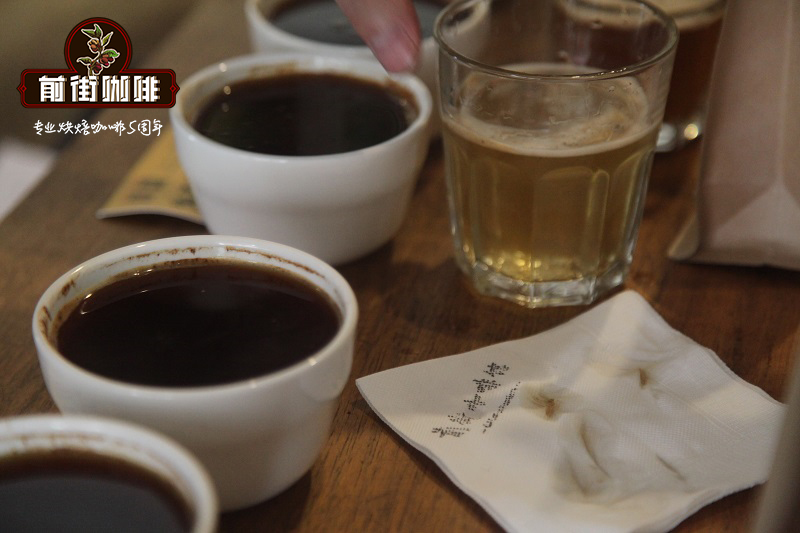
Brewing analysis:
Today, we introduce the common method of hand brewing Pakamara coffee in Qianjie Coffee: V60 three-stage water injection method
Fractional extraction: inject all the brewing water into three stages
Suitable for light, medium and light roast coffee beans
Use filter cup V60 cup
Increasing the stewing time or the number of water cuts can improve the taste of coffee.
Fractional Extraction Method of Three-stage Water Injection
Advantages: More rich than a knife flow layer, can be clear coffee before, during and after the flavor. The method is to increase the amount of water injected each time after steaming, usually when the coffee liquid is about to drop to the surface of the powder layer, and to do three-stage extraction with small, medium and large water flows.
Disadvantages: There will be relatively high requirements for water flow rate and flow rate.
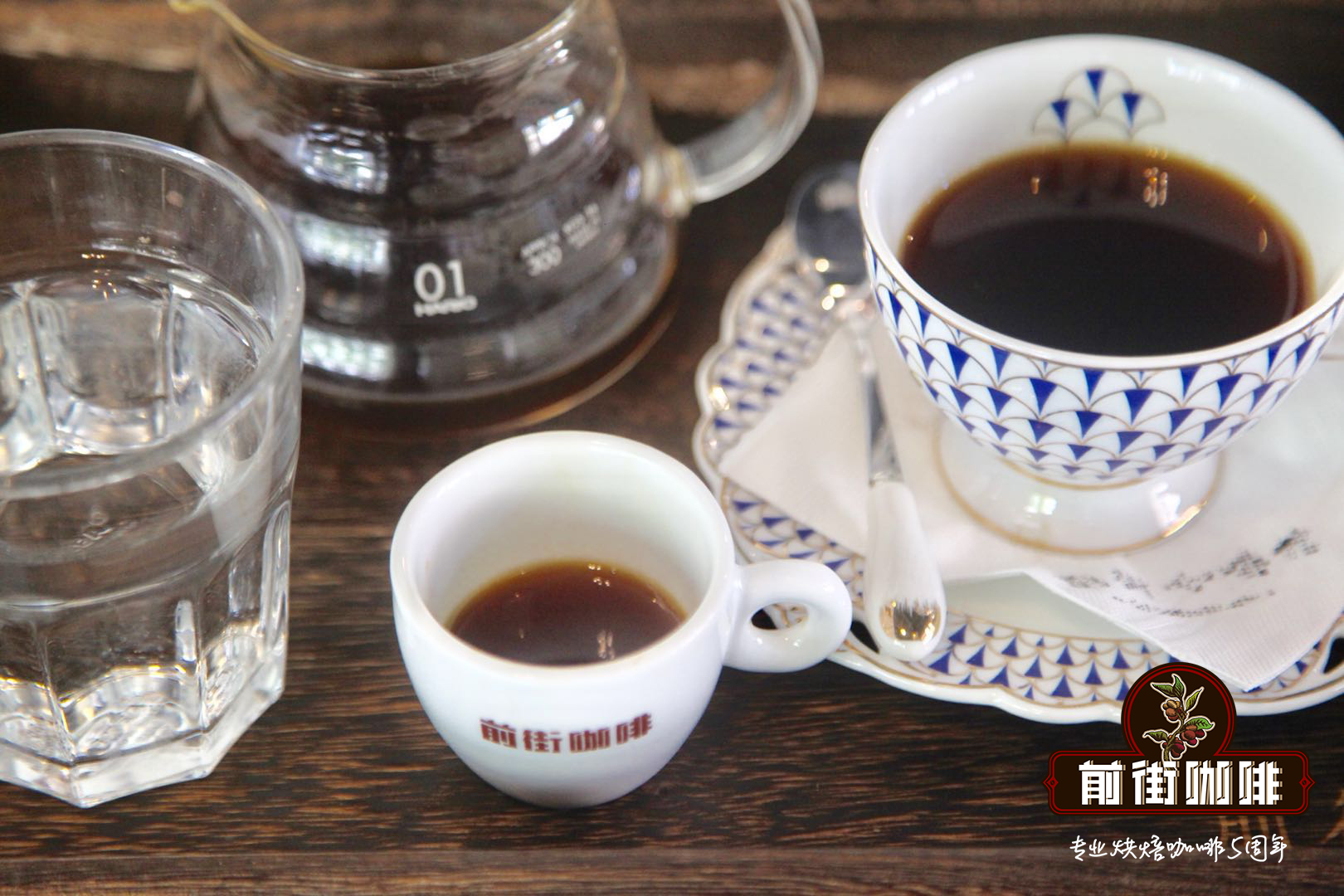
Front Street [Pakamara Coffee Hand Brewing Parameter Suggestion]
Using V60 filter cup brewing can improve the layering of hand brewing flavor, drink more rich and clean; the Pacamara variety rises bright aroma to the fullest.
15 grams of powder, water temperature 89-90 degrees, grinding BG 5R (Chinese standard 20 sieve pass rate 64%), water powder ratio close to 1:15-16
Method: 27g water steams, steams for 30s. The hot water in the hand-flushing pot draws a circle clockwise with the center of the filter cup as the center, starts timing when brewing, infuses water to brew to 27g, then stops injecting water, waits for 30 seconds, and carries out the first injection.
The first injection is the same as the previous one, the speed can be slightly slowed down, and the speed can be accelerated a little when it reaches the outer circle. When the water is cut off at about 1:15 seconds, the liquid level drops by 1/3, and then the water is injected again. The second injection is concentrated in the center. The water flow should not rush to the place where the coffee powder is connected with the filter paper, so as to avoid channel effect. The extraction is completed at about 2:05 seconds. The tail section can be omitted (the longer the time drags, the astringency and rough taste will increase.
Subparagraphs: 30-125-230g
END
Important Notice :
前街咖啡 FrontStreet Coffee has moved to new addredd:
FrontStreet Coffee Address: 315,Donghua East Road,GuangZhou
Tel:020 38364473
- Prev

To what extent do you grind the beans of Pacamara black honey coffee on the Manor of San Leticia in El Salvador?
Professional coffee knowledge exchange more coffee bean information please follow the coffee workshop (Wechat official account cafe_style) El Salvador San Leticia Manor Pacamara Coffee Black Honey country: El Salvador (EL SALVADOR) production area Manor: San Leticia Manor (Santa Letcia Estate) Coffee varieties: Pacamara (Pacamara) growth altitude: 162
- Next
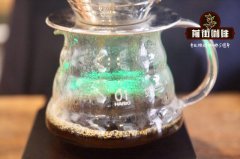
Hand-made coffee Salvador Fairy Manor Sun Pacamara Why is it expensive _ how much is Pacamara
Professional coffee knowledge exchange more coffee bean information please follow the coffee workshop (Wechat official account cafe_style) Salvadoran Fairy Manor Sun treatment Pacamara Coffee Fairy Manor Information Story introduction: Ricardo Valdivieso is the fourth generation of the family, the family has been known locally for growing and handling Pacamara varieties of coffee, the estate is called Las
Related
- Detailed explanation of Jadeite planting Land in Panamanian Jadeite Manor introduction to the grading system of Jadeite competitive bidding, Red bid, Green bid and Rose Summer
- Story of Coffee planting in Brenka region of Costa Rica Stonehenge Manor anaerobic heavy honey treatment of flavor mouth
- What's on the barrel of Blue Mountain Coffee beans?
- Can American coffee also pull flowers? How to use hot American style to pull out a good-looking pattern?
- Can you make a cold extract with coffee beans? What is the right proportion for cold-extracted coffee formula?
- Indonesian PWN Gold Mandrine Coffee Origin Features Flavor How to Chong? Mandolin coffee is American.
- A brief introduction to the flavor characteristics of Brazilian yellow bourbon coffee beans
- What is the effect of different water quality on the flavor of cold-extracted coffee? What kind of water is best for brewing coffee?
- Why do you think of Rose Summer whenever you mention Panamanian coffee?
- Introduction to the characteristics of authentic blue mountain coffee bean producing areas? What is the CIB Coffee Authority in Jamaica?

